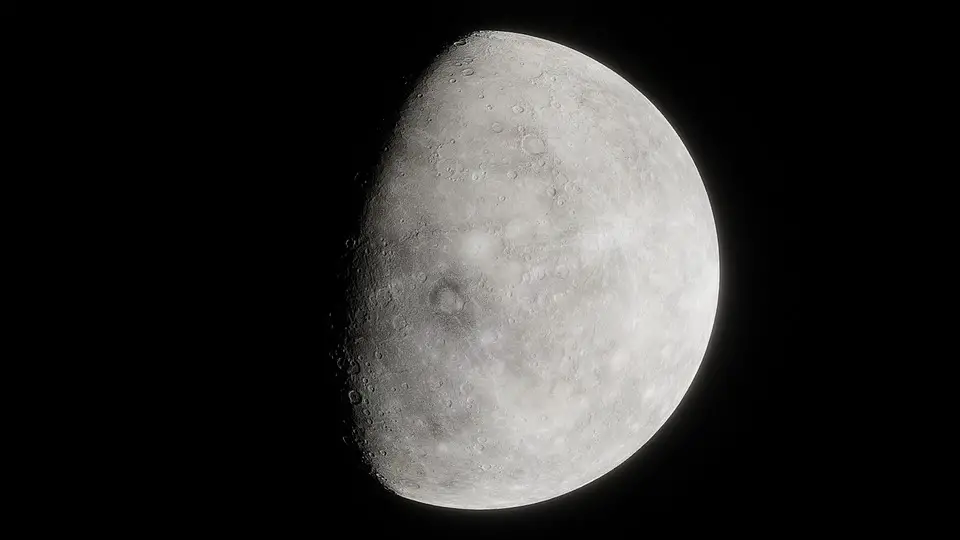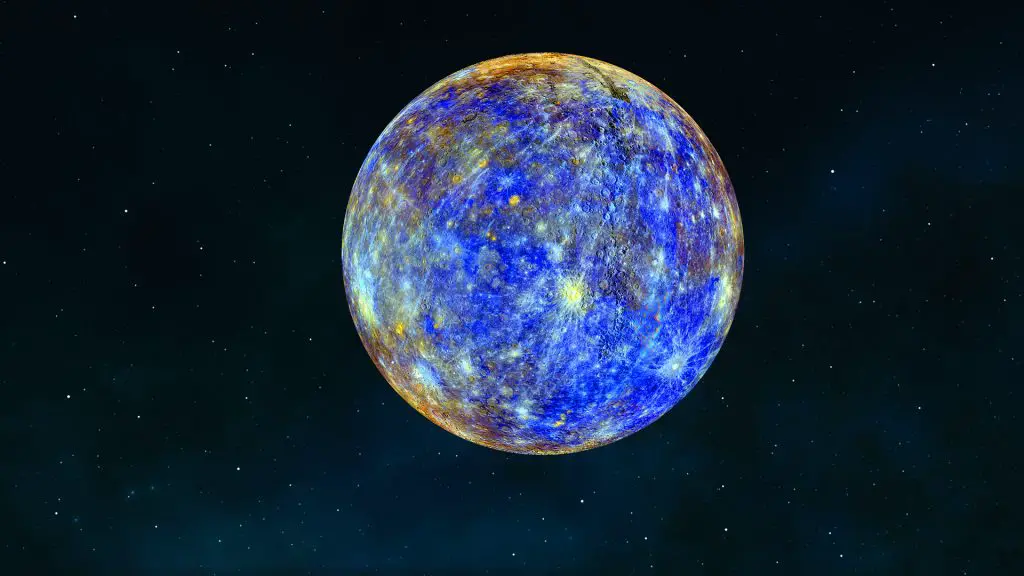The future of space exploration relies on the technological advancement of human civilization. A 3D-printed rocket engine is one of these futuristic technologies that will revolutionize the way we travel to distanced space world in the future. NASA is going the extra length to make this technology available for our civilization as we gradually embrace another phase of space exploration in this century.
The 3D-printed rocket engine could offer several benefits to NASA including saving lots of propellants during interplanetary trips. Hence, NASA could stand the chance of exploring the solar system more efficiently with this futuristic rocket engine. Last year, NASA completed some testing of the rocket engine.
The space agency labeled their successful testing as the “rotating detonation rocket engine.” On January 25, NASA published an update detailing the success of its most recent testing of the 3d-printed rocket engine. In this update, the space agency described how the rocket engine produced thrust using its fuel-saving supersonic combustion.
Despite the tests being conducted at a very early stage of the rocket engine, NASA officials are confident that future testing of the technology could get it ready for missions to the moon and Mars. These officials also revealed that the 3d printed rocket engines could be sophisticated enough that they could serve for robotic probes or even crewed landers on the moon and Mars.
How NASA Conducted Testing on the 3D-printed Rocket Engines
The recent testing on the rocket engine was indeed a special one. NASA officials at NASA’s Marshall Space Flight Center in Alabama hot-fired the engine on a stand for more than 12 times. The total firing duration lasted for about 10 minutes and the officials were taking note of the total outcome of the firing process. After the testing, NASA officials realized that the 3D-printed rocket engine can fire for about a minute continuously without any interruption.
“The tests showed the 3D-printed engine can fire for at least a minute continuously while withstanding the extreme heat and pressure environments generated by detonations,” NASA officials wrote describing the outcome of the test.
NASA will be partnering with Indiana Industry in Space LLC to conduct future testing on the rocket engine. However, the time for this test is not officially disclosed. We will keep you updated with the latest outcome of the testing.
How NASA will Explore the Solar System Efficiently with 3D-printed Rocket Engines
While NASA is exploring the idea of successfully building other more efficient propulsion systems to replace chemical rockets, the space agency is hoping that 3D-printed rocket engines will make exploring the solar system more efficient for humans in the future. In fact, we cannot confidently send humans to distanced space world with our current rocket technologies and return them safely back to Earth.
While we are still hoping for SpaceX starships to commence operation and create a new history for humanity, NASA is looking at the possibility of using 3D-printed rocket engines for future explorations. The space agency is following this approach to achieve more efficient long-distance space travel and save both fuel and time during the mission. With our current propulsion technology, it will take NASA and other space agencies about six to nine months to land on Mars.
However, NASA is partnering with DARPA in work on nuclear propulsion which they hope to reduce the time required to get to Mars. While NASA is still hoping on accomplishing its nuclear propulsion technology, the space agency is also working on the rotating detonation rocket engine with the hope that it could become part of its space technology in the future.
Conclusion
NASA is working towards returning the glory of humanity to the moon in 2025 under its Artemis space program. The space agency is also hoping to send humans to Mars in the 2040s. With the effort NASA is making for its deep space missions, it may decide to use a 3D-printed rocket engine someday to save fuel while reaching distanced space world. What do you think about this fascinating technology?




